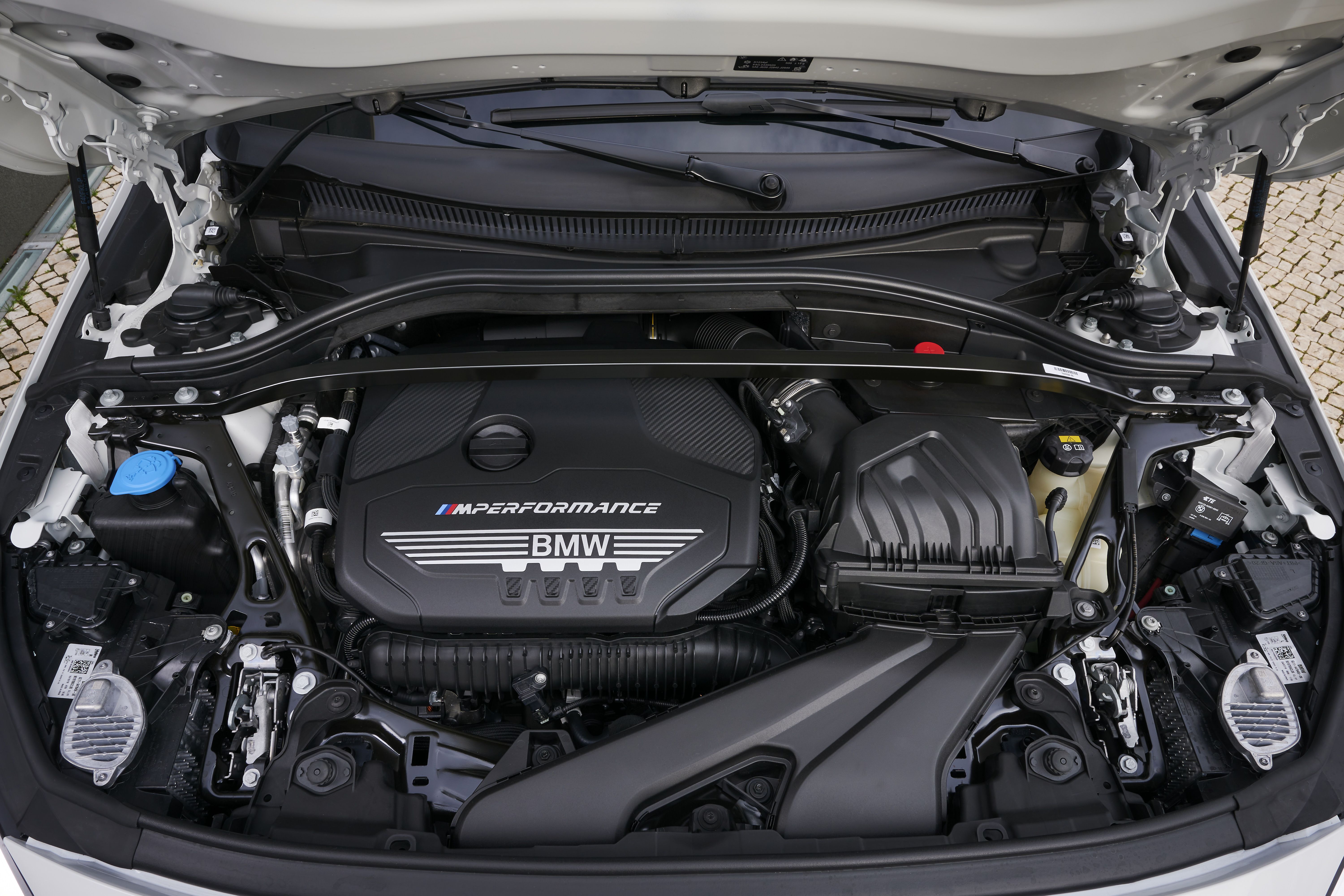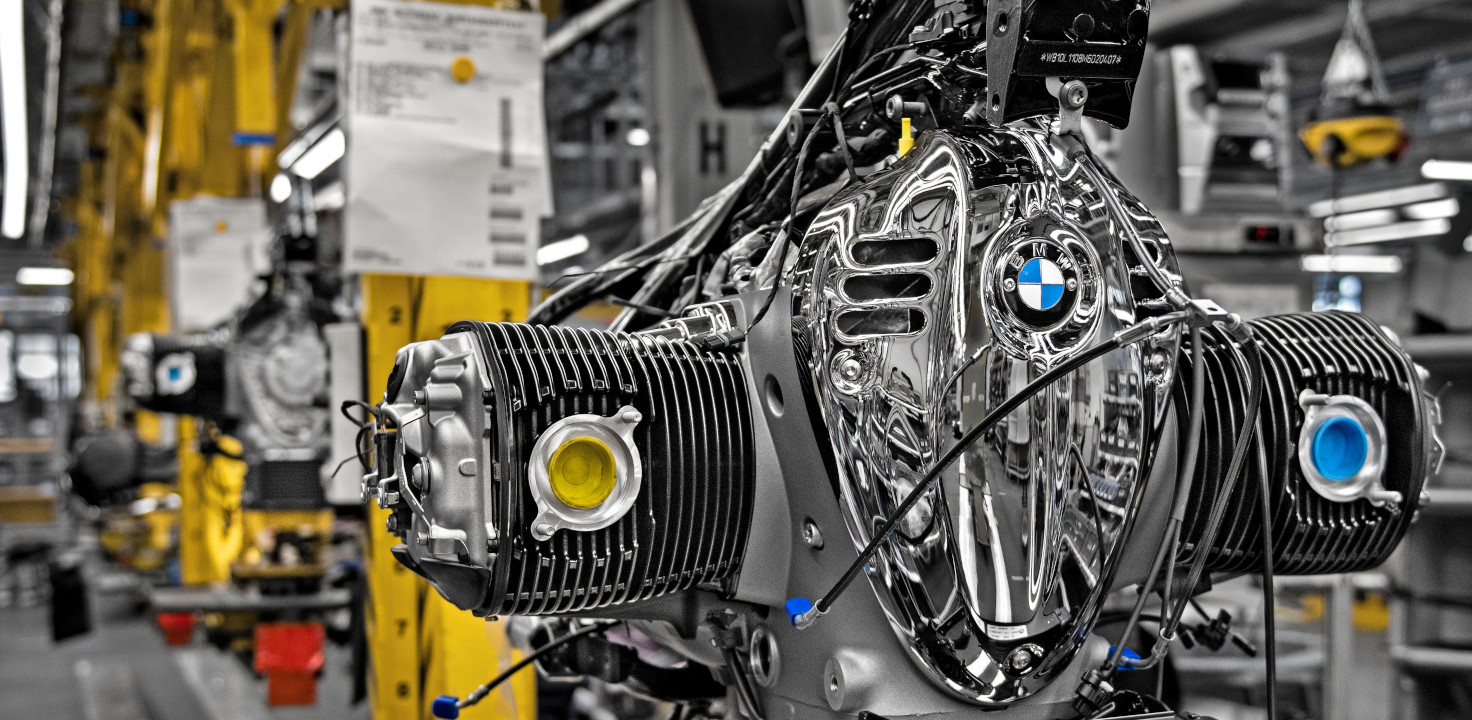Exploring the Efficiency Enhancements of the current BMW Engine Versions
Checking Out the Advancement of Burning Engines in Modern Transportation Systems
As we browse the landscape of modern transport, the advancement of combustion engines stands as a testimony to human ingenuity and engineering expertise. The interplay of background, technology, and ecological concerns in shaping the trajectory of burning engines produces a narrative that is both engaging and insightful.
Very Early Beginnings of Combustion Engines
How did the principle of combustion engines initial emerge in the very early phases of transport development? The roots of burning engines can be traced back to the 17th century when the concepts of interior burning were initial checked out.
The innovation moment included the invention of the initial successful gasoline-powered engine by Karl Benz in 1885 - bmw engine. This engine led the way for the development of the contemporary auto, changing transport systems worldwide. Subsequent developments by Nikolaus Otto and Gottlieb Daimler even more fine-tuned burning engine modern technology, causing the mass production of cars and the rapid growth of the transport industry
These early burning engines were defined by their simplicity and performance, laying the foundation for the complex and powerful engines used in contemporary transport systems. The advancement of combustion engines has actually contributed in shaping the means we travel and transport goods, marking a substantial turning point in the background of transportation advancement.
Shift to Internal Burning Modern Technology
The change to internal combustion technology marked a crucial shift in the advancement of transportation systems. This shift started in the late 19th century, with developers like Nikolaus Otto and Gottlieb Daimler developing the initial successful inner combustion engines. These engines revolutionized transport by providing a much more efficient and effective choice to steam engines and electric motors.
One of the key advantages of internal burning engines was their capacity to be reduced to suit automobiles, causing the growth of bikes and vehicles. This shift from cumbersome, stationary engines to small, mobile ones led the way for the contemporary transport systems we see today.
The change to internal combustion innovation likewise stimulated advancements in gas technology, resulting in the growth of gasoline and diesel as primary gas resources for automobiles. This shift not just made transportation more obtainable to the masses however additionally laid the structure for the oil and gas market to become important to global economic climates.
Effect of Combustion Engines on Transportation
The adoption of burning engines in transport systems catalyzed a profound change in the performance and rate of global wheelchair. Combustion engines revolutionized transportation by giving a versatile and reputable source of power for different cars, including automobiles, aircrafts, trucks, and ships. This development considerably improved the capacity for people and products to conform long distances in shorter timespan, causing boosted connection in between regions and countries.
In addition, the extensive use combustion engines has actually had a significant impact on financial growth. The ability to carry products successfully has actually stimulated profession and commerce, enabling companies to broaden their markets and reach consumers worldwide. This has helped with economic development and globalization, as items can now be transported quicker and in larger amounts than ever previously.
However, the environmental effect of combustion engines can not be overlooked. The burning of fossil fuels has brought about air contamination and greenhouse gas exhausts, contributing to environment modification and posing wellness dangers to populaces. bmw engine. Because of this, there is i thought about this an expanding emphasis on creating different propulsion technologies to alleviate these unfavorable impacts and produce an extra sustainable future for transportation
Technologies in Combustion Engine Layout
One remarkable technology is the advancement of turbocharged engines, which make use of exhaust gases to drive a wind turbine that presses incoming air, allowing for more fuel to be burnt, resulting in raised power outcome without a significant increase in engine dimension. Variable valve timing systems have actually why not check here likewise reinvented engine layout by enhancing airflow at various engine speeds, improving both power and performance. These technologies collectively contribute to the continual improvement of combustion engines in modern transport systems.
Future Fads in Combustion Engine Development
With technology developments driving constant advancement, the future of burning engine advancement is positioned to transform transport systems around the world. One of the essential trends in combustion engine advancement is the press in the direction of higher performance and minimized emissions.
One more noticeable pattern is the fostering of crossbreed technologies in combustion engines. Hybrid engines combine conventional combustion technology with electrical power, providing improved gas effectiveness and reduced exhausts. As the automobile sector shifts in the direction of electrification, hybrid combustion engines are viewed as a transitional service that links the space between conventional automobiles and totally electric ones.
In addition, the integration of smart technologies, such as artificial knowledge and data analytics, is anticipated to play a substantial function in the future of combustion engine advancement. These innovations can optimize engine efficiency in real-time, leading to a lot more reliable combustion procedures and boosted overall automobile efficiency. Welcoming these future patterns will certainly not just drive technology in combustion engine development however likewise add to a much more environmentally pleasant and lasting transport ecosystem.

Final Thought
In verdict, the development of burning engines in modern-day transport systems has been noted by significant innovations in modern technology and design. From the early starts of combustion engines to the shift to inner burning innovation, these engines have actually had a profound influence on transportation.
The origins of burning engines can be mapped back useful reference to the 17th century when the principles of interior combustion were initial discovered. These engines revolutionized transport by supplying an extra effective and effective alternative to heavy steam engines and electric motors.
